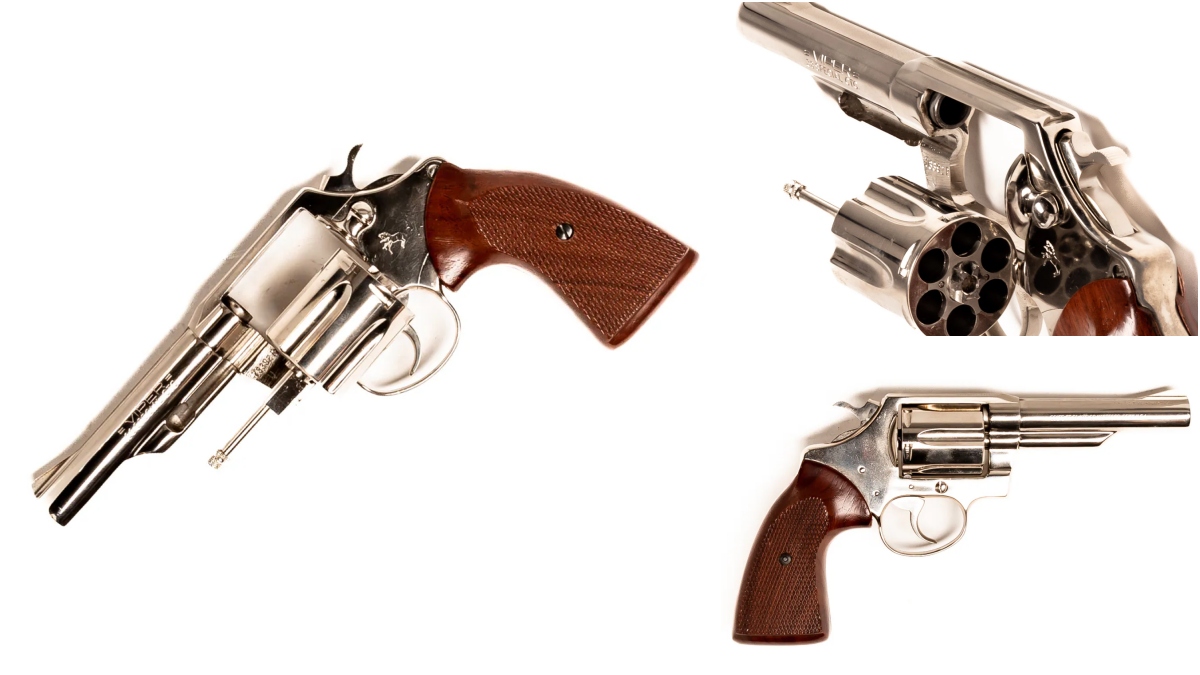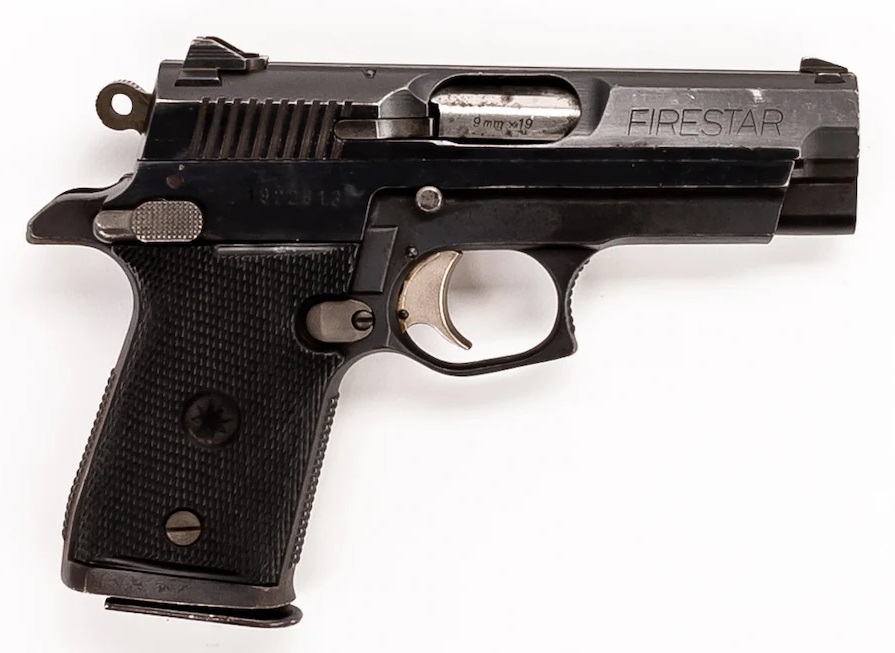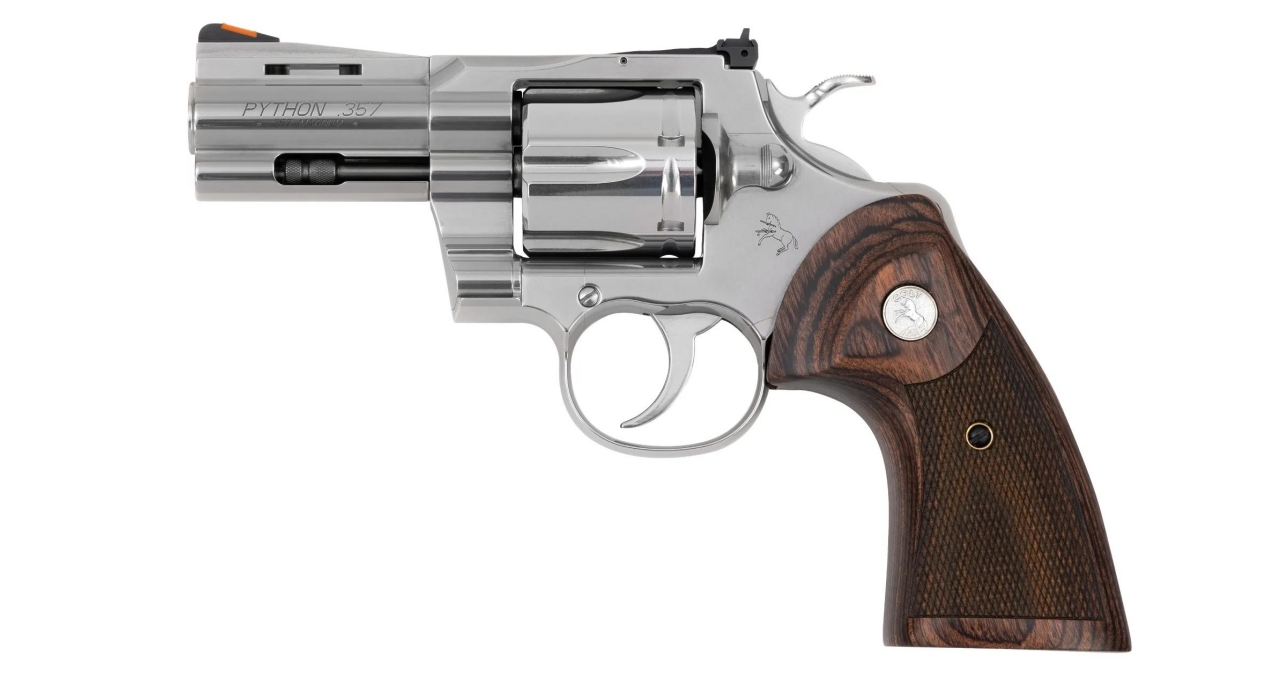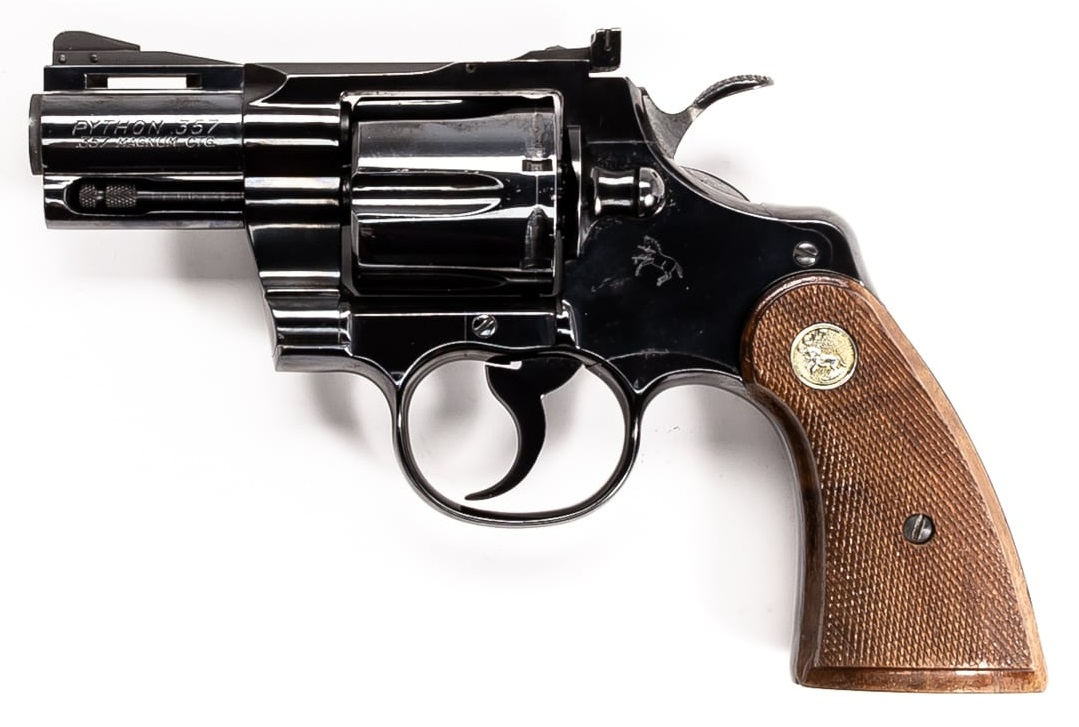Colt Fills the Stable with a New Grizzly, Kodiak, and Vipers
While everyone knows such long-legged wheelguns as the Peacemaker, Python, and Navy ’51/Army ’60 Series guns, Colt has seen dozens of short-lived revolvers in its company history. Handguns that just slipped in and slipped out just as fast.
For instance, in 1993, the Colt Kodiak, a limited-run of no more than 2,000 .44 Magnum that was built by the Colt Custom Shop in 1993 on the Anaconda series frame, hit the shelves and was never seen again.
In 1994 the Colt Custom Shop made a short run of just 999 Colt Grizzly models in .357 Magnum using a King Cobra frame with a Magna-Ported 6-inch Python series barrel.
Even before that, in 1977, the company made an aluminum-framed version of its 4th Model Police Positive– a revolver that itself was headed for cancelation. Using the small D (Detective) frame, it was light and rated for just .38 Special. Dubbed the Viper, it is one of the hardest of Colt’s “snake guns” to capture.
Well, for what it is worth, Colt just dropped new versions of all three of these guns on the market.
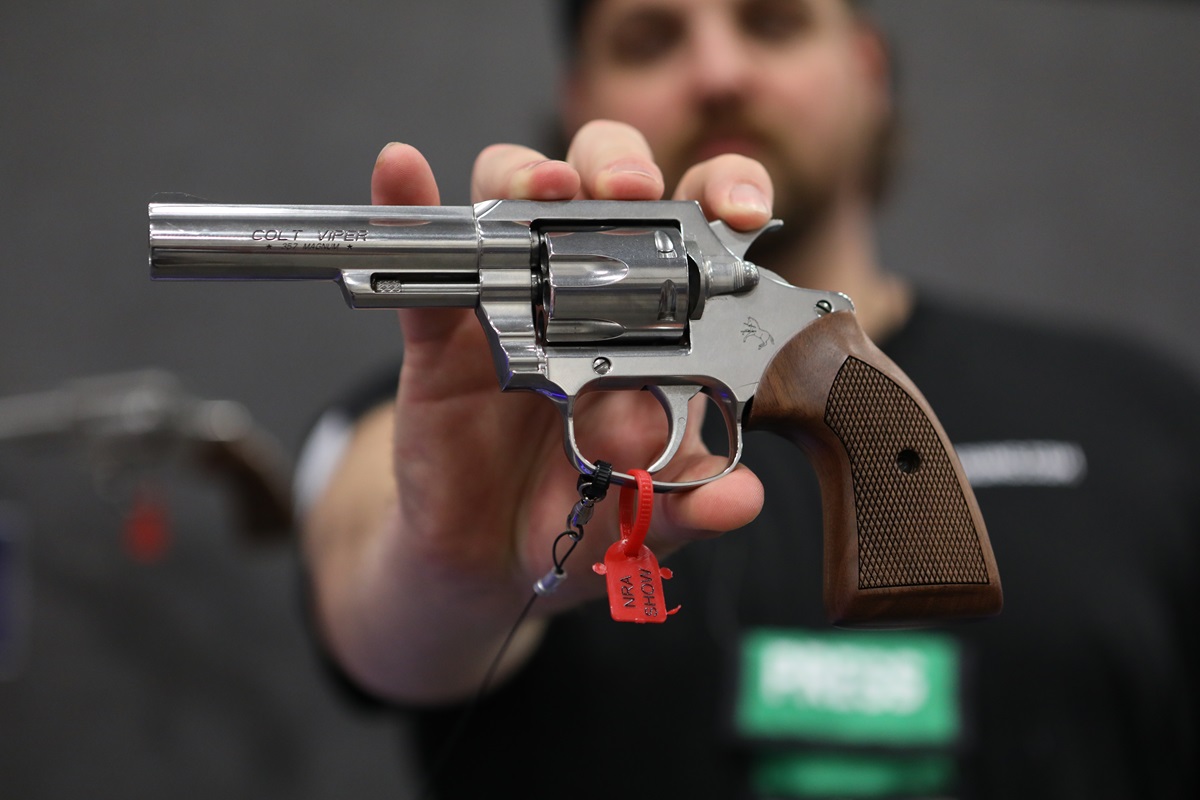 More in my column at Guns.com.
More in my column at Guns.com.
